Digital business platform as the basis for networking within the company
The construction industry has not yet been one of the pioneers of digitalization. According to studies, it has a lower growth rate in productivity compared to other industrial sectors. Both have to do not least with the complexity and the many different trades that have to work together to make construction projects successful. A pragmatic IT and digitalization approach based on standards and modern principles could make a big difference here.
A survey conducted by KfW Bankengruppe in the middle of last year on the topic of digitalization in the economy shows that 42 percent of companies in Germany have firmly planned digitalization projects, while 25 percent are still undecided. Around a third have ruled out digitization projects in the next two years. The large companies are clearly ahead. They plan to carry out 80 percent of their digitization projects. The sector with the greatest drive towards digitalization is wholesale and foreign trade, 67 percent of which budgets for digitalization projects. According to the KfW survey, 90% of companies are digitizing because they want to take advantage of the opportunities that digitization and automation promise.
The construction industry – not digitalization enthusiasts
The construction industry deviates significantly downwards from the average values. Here, only 26 percent are planning digitization projects within the next two years, almost 30 percent are undecided and almost 44 percent are not planning any digitization. Of all sectors, the construction industry also sees no need for the digitalization of its companies, at almost 30%. Furthermore, in contrast to other sectors, the main obstacles to digitalization are seen in this industry. According to the KfW survey, 39% of respondents in the construction sector see difficulties in adapting company and work organization. Data security and data protection requirements are also a problem for 32 percent. They see a further barrier (30%) in the lack of IT skills among employees and the availability of IT specialists on the labor market. Although the infrastructure had been greatly expanded by 2018, 30 percent of all construction companies still argue that the poor quality of the internet connection is an obstacle to digitalization.
Explainable restraint
The construction industry’s reluctance to embrace digitalization is understandable. It is a very “material” industry with many different trades that often have significantly different forms of work and organization and yet have to work very closely together. Only together can these different companies, some of which are completely different sizes, carry out successful construction projects. In addition, although most building materials and substances are standardized, there are no widely accepted IT standards that allow different companies to exchange data, plans and documentation for a construction project easily and in a way that is accessible to everyone. There are big plans such as Business Information Modeling (BIM), which is comparable to the Industry 4.0 approach in the manufacturing industry, but just like there, BIM is still in its infancy and is not yet widespread, especially in smaller construction companies.
Many companies see no need
However, it is surprising that 30 percent of the construction companies surveyed by the KfW Group see no need for digitalization. The then Minister of Construction and Transport Alexander Dobrindt, for example, was of a completely different opinion back in 2015. At the time, he wrote in the foreword to the phased plan for digital planning and construction: “Digital technologies offer enormous potential in terms of quality, efficiency and speed, particularly in our core areas of expertise such as production, planning and construction. By using them, we can ensure early networking, close cooperation and intensive communication between all those involved in the construction of major projects. We can visualize different planning variants at an early stage, standardize processes, create transparency, achieve a realistic risk calculation – and significantly reduce construction times and construction costs.”
Many arguments for digitization
Not only Alexander Dobrindt, but also the consultants from Roland Berger saw the great potential of digitalization in construction back in 2016 in their study “Digitalization of the construction industry – The European path to Construction 4.0”. They write: “Digitalization offers players in the construction industry opportunities to increase their productivity. Other sectors are already benefiting from this – along the entire value chain. However, the construction industry is still lagging behind. So far, only a few players are using the potential of digitalization to solve this problem.” The hesitant implementation surprises the consultants, particularly with regard to productivity development. Here, the construction industry only grew by 4.1 percent between 2006 and 2016. The average increase in the German economy was 11 percent, in the manufacturing industry even 34 percent. In view of the weak productivity growth, there is a clear impression that the construction industry urgently needs to catch up in terms of digitalization. Otherwise, it will hardly be able to effectively organize its complex communication channels, check the various trades or constantly update the various construction documents synchronously.
If we summarize the assessment of Minister Dobrindt and Roland Berger, this means that there are also many good reasons to digitize in the construction industry.
However, given the lack of IT standards, the many different players and the different interests in the construction industry, it is not so surprising that the industry is rather hesitant about digitization, even though it has something of a digitized vision of itself in the form of business information modelling. But as is always the case with such great ideas, you ask yourself how I can even begin to get there with my company.
PTA relies on the IFC basic data model
In connection with BIM, it is important to mention openBIM. This is where the international buildingSmart initiative is trying to establish open standards for information exchange and communication based on BIM. The Industry Foundation Classes (IFC), which were developed by buildingSmart as a basic data model, are particularly important in this context.
The IFC basic data model is also an important building block for PTA solutions in the realization of digital products for the construction industry, such as visualization or collaboration software. In contrast to other data models, IFC is suitable because it is an open standard
Digital archiving makes many things easier
Digital archiving would make life easier for many construction companies and project teams. Nowadays, they have to deal with countless documents on a daily basis: E-mails, contracts, building applications, permits, CAD data (possibly from different sources and in different formats), quotations/delivery confirmations, planning data, acceptance reports, lists of defects, documentation, resolutions and much more. This is rarely a mainly bilateral exchange, as is usual between contractor and client, but involves many different parties exchanging information with each other.
Of course, it would be helpful if this information were not stored in paper folders, but instead stored and archived digitally in a meaningful and secure way. On the one hand, this brings great efficiency gains in dealing with these documents through easy retrievability, version control and collaborative work on documents. On the other hand, the downstream analysis of digitally stored data can provide new insights with regard to additional customer-specific offers, but the results of intelligent analyses can also be used to optimize costs and planning.
PTA supports pragmatic digitalization
Thanks to its know-how and expertise in the areas of digitalization, business platforms and industry know-how, PTA can support companies in the following areas:
- Analysis – recording the current status, process analysis and requirements
- Definition/planning – definition of the target state, document life cycle, formats and responsibilities
- Evaluation – advice on make-or-buy, evaluation of technologies and providers
- Realization – implementation, change management, control, operation
We also offer specific solutions for companies in the construction industry with target group-oriented visualization, the elimination of repetitive work and the central storage of data. In the field of visualization, for example, this involves virtual tours for clients, collaborative work on 3D models and the creation of parts lists or automatic quantity calculations of cubature and areas. PTA has already developed a cloud-based collaboration tool with a browser front end for BIM. The tool obtains its backend services from the Microsoft cloud platform Azure. Its functions include a high-quality 3D viewer, messaging, user and project management functions and the upload and download of building models in IFC format.
We also ensure that construction plans no longer have to be entered multiple times, support companies with file conversion and the import and export of CAD files, and automatically calculate building materials when changes are made to construction plans. Finally, the central storage of data ensures access to the latest plans, documents and parts lists for all stakeholders. The comprehensive expertise of the PTA construction industry team can be found here.
What is BIM
According to Wikipedia, the term Building Information Modeling describes a method of optimizing the planning, execution and management of buildings and other structures with the help of software. All relevant building data is digitally modeled, combined and recorded. The term was coined by CAD provider Autodesk. The building is also visualized geometrically as a virtual model (computer model). Building Information Modeling is used in the construction industry for construction planning and execution (architecture, engineering, building services, civil engineering, urban development, railroad construction, road construction, hydraulic engineering, geotechnics) as well as in facility management.
This means that BIM drastically reduces the high level of effort required for plan changes. In contrast to the traditional process, changes to the BIM project file are immediately available to all parties involved. In addition, changes to the plan automatically adjust the quantities and unit numbers and the cost calculation is adjusted accordingly.
The advantages of BIM are
- Improved data quality, as they are all based on a common database and are constantly synchronized
- Immediate and continuous availability of all current and relevant data for all parties involved
- Improved exchange of information between planning participants
- Continuous data processing throughout the entire life cycle of a building
- Improved data synchronization should ultimately increase the productivity of the planning process in terms of costs, deadlines and quality.
The BMVI (Federal Office of Transport and Digital Infrastructure) step-by-step plan mentioned earlier in this text calls for “the introduction of modern, IT-supported processes and technologies for the planning, construction and operation of buildings”. From 2020, the rules will be mandatory, at least for public buildings.





